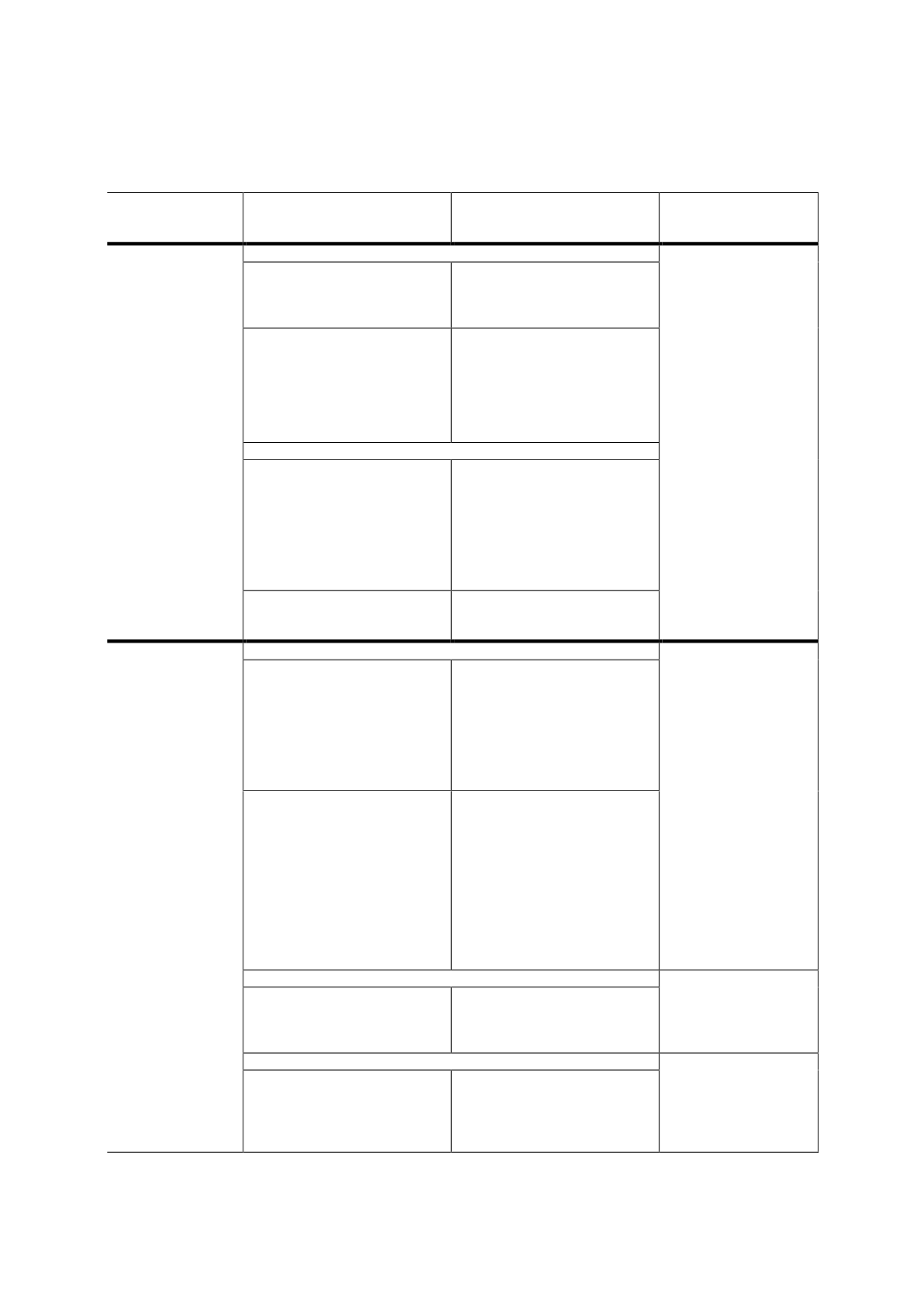

186
Table 5.2: Key Issues and Recommendations by Stage of Sukuk Market Development
Stage of sukuk
market
development
Issues and challenges
Key recommendations
Rationale
Matured
(example of OIC
countries includes
Malaysia)
Market and infrastructure development
To build a sukuk
market that champions
the UN’s SDGs, thereby
heightening its appeal
and positioning within
the mainstream
financial markets.
Shortage of short-term
investments for the
Islamic money market.
To deepen the Islamic
money market and improve
liquidity in secondary
trading.
Lack of innovative sukuk
structures that truly
adhere to the spirit of
maqasid al-Shariah,
which
emphasises substance and
legal form.
To increase issues that
embrace the VBI concept
and SRI, which looks at
elements of ESG.
Diversified market players on supply and demand sides
Lack of investors that can
strike a balance between
social responsibility and
profit maximisation.
To create greater
awareness among the
Islamic finance community
on impact investing, which
emphasises social
objectives without
compromising commercial
returns.
Lack of participation by
retail investors.
To increase awareness
among the public on
investment in retail sukuk.
Developing
(Advanced)
(examples of OIC
countries include
the UAE and Saudi
Arabia)
Legal and regulatory framework
To provide greater
certainty and
protection to sukuk
holders in the event of
defaults and/or
disputes.
Lack of a comprehensive
legal framework and
plagued by regulatory
uncertainties, especially in
civil law jurisdictions that
do not have a separate
trust law to facilitate
sukuk structuring.
To improve clarity on
investor protection and
enforcement of charge
over securities, to avoid
defaults and/or disputes
(e.g. Investment Dar and
Dana Gas).
Decentralised Shariah
governance has led to
more uncertainties and
ambiguities in Shariah
compliance, which adds to
complexity and negatively
affects both primary
issuance and secondary
trading of broader Islamic
capital-market
instruments.
To establish a centralized
Shariah authority to
oversee the
standardisation of legal
documentation, sukuk
structures and Shariah
rulings. This will create
more certainty among
investors, hence lifting
demand for sukuk.
Market and infrastructure development
To offer more
instruments so that
Islamic banks can
manage their liquidity.
Shallow Islamic money
market and dearth of
short-term instruments
for liquidity management
To issue short-term sukuk
or subscribe to IILM sukuk.
Diversified market players on supply and demand sides
To provide a
sustainable supply
of government and
corporate sukuk
with different
maturities, and
Lack of benchmark
sovereign sukuk issues by
federal and state
governments
To increase more
domestic issuance in
addition to international
issuance. Federal and
state governments should
















